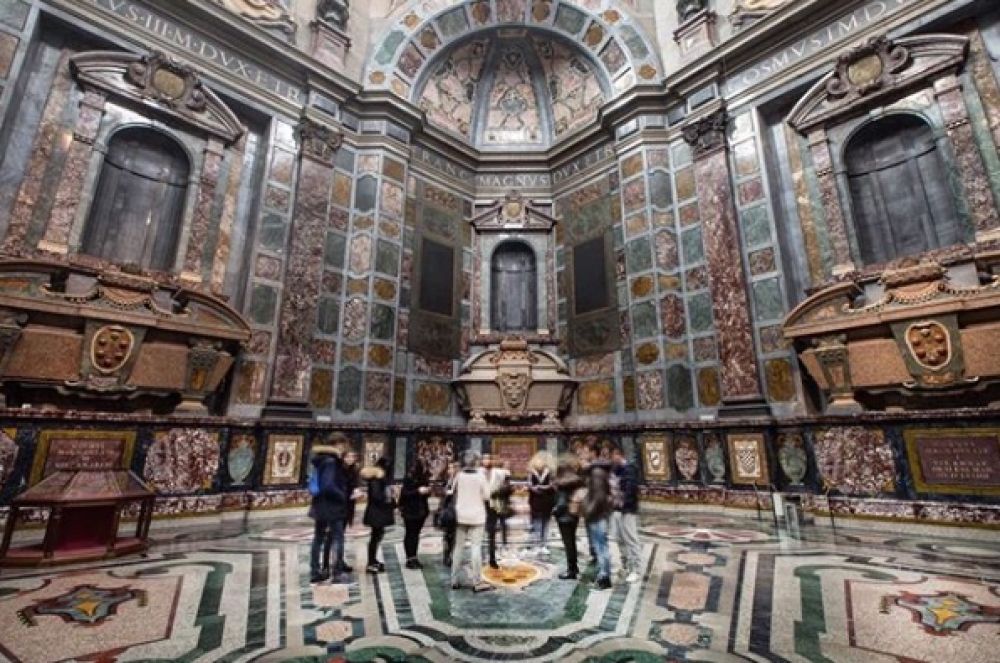

The Medici family, one of the most powerful and influential dynasties in European history, has left a lasting imprint on the city of Florence. Reflecting the family's immense contribution to the arts and the politics of the Italian Renaissance, the Medici Chapels are an integral part of Florence's historical fabric and a vital tourist attraction.
The history of tourism at the Medici Chapels can be traced back to the early 19th century when Florence began to solidify its reputation as a must-visit destination for the cultural connoisseur. Visitors from across Europe, often undertaking the 'Grand Tour,' were drawn to the city to bask in its artistic and architectural wonders, with the Medici family legacy being a focal point of their interests. The Chapels are part of the larger complex of the Basilica of San Lorenzo, which served as the parish church for the Medici family and now stands as a testament to their power and influence.
The Medici Chapels are divided into two main areas: the Chapel of the Princes and the New Sacristy. The former is a grandiose mausoleum housing the tombs of Medici dukes, known for its octagonal shape and lavish decoration including colored marbles, while the latter is celebrated for being designed by none other than Michelangelo. This place not only serves as a burial place for members of the Medici family, including Lorenzo the Magnificent, but also showcases Michelangelo’s sculptural genius in his famous allegorical statues: Dawn, Dusk, Day, and Night.
Initially, access to the Medici Chapels was limited, but with the burgeoning of cultural tourism and the opening of state museums in the late 19th and early 20th centuries, the site became more accessible to the public. Tourists from all over the world began to pour in to admire the architectural and sculptural masterpieces enclosed within its walls.
Today, tourism at the Medici Chapels has evolved with advancements in technology and changes in visitor expectations. There is a focus on interactive experiences and enhanced educational opportunities. Visitors can benefit from audio guides, virtual tours, and interactive displays that provide deep dives into the history of the Chapels, details of the Medici family, and insights into the artwork.
Sustainable tourism practices are also becoming more prevalent, with efforts to balance the preservation of the historic site with the challenges of catering to increasing numbers of visitors. The city of Florence and the management of the Medici Chapels are conscious of the wear and tear high tourist traffic can cause and are adopting measures to protect these precious spaces for future generations.
For those planning to visit, it's recommended to book tickets in advance, especially during the high season. The allure of witnessing the Medici legacy intertwining with the unmatched artistry of the Renaissance draws in hundreds of thousands of visitors annually. While there, the captivating narrative of power, patronage, and art as tools for legacy perpetuation is sure to leave a lasting impression.
Ultimately, the Medici Chapels continue to be a cornerstone of Florence's tourism industry, maintaining their status as a must-see for anyone interested in the history and artistic masterworks of the Italian Renaissance.